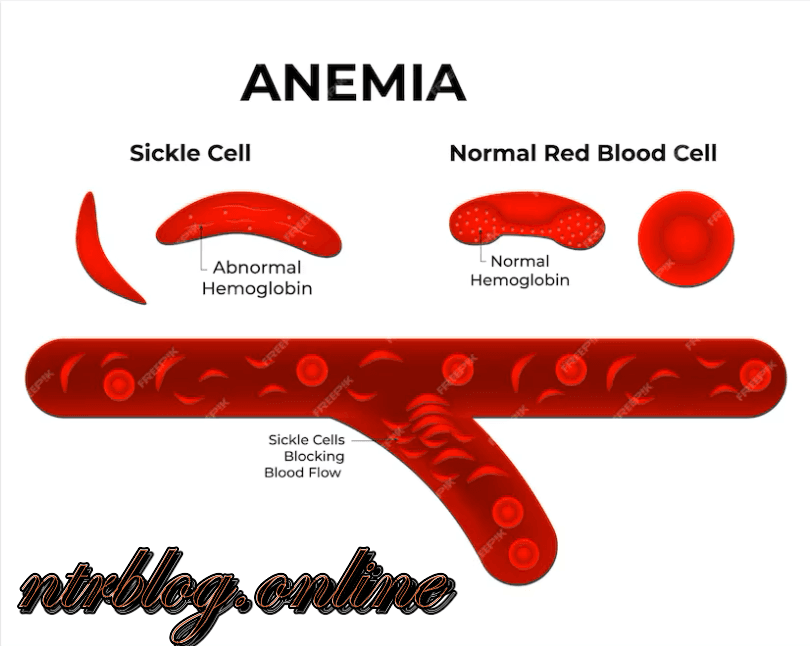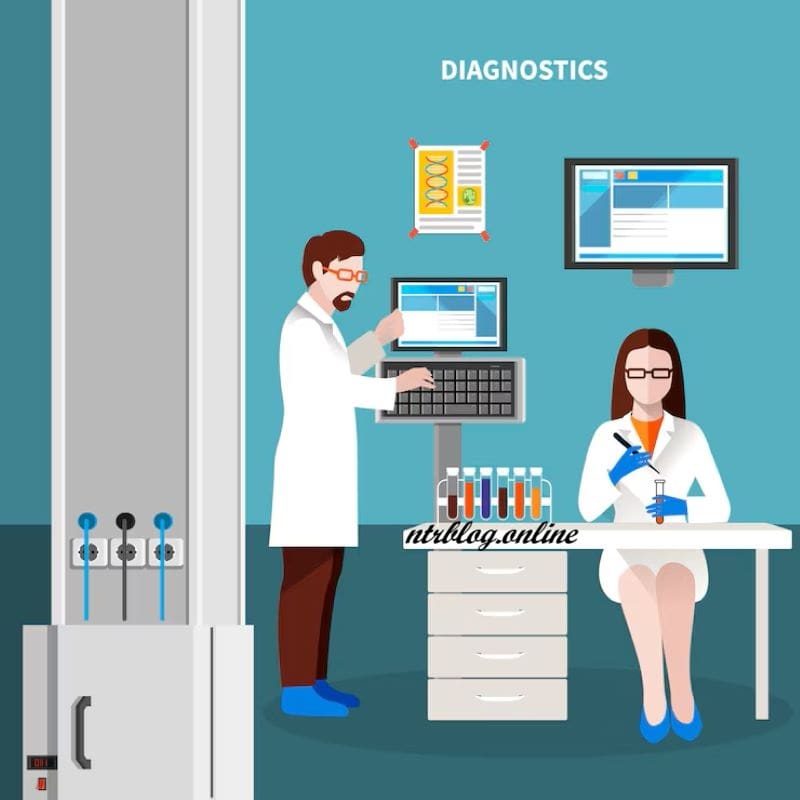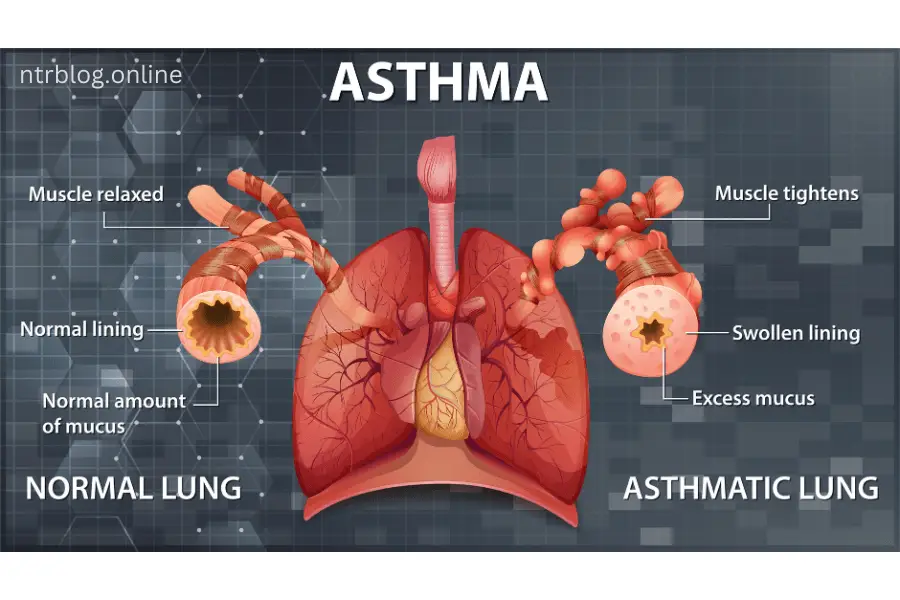Sickle cell anemia is one of the most serious forms of an inherited condition known as sickle cell disease. At its core, it’s caused by a genetic mutation that leads to irregularly shaped red blood cells. Instead of the usual smooth, round cells that glide effortlessly through your blood vessels, sickle cell patients produce red blood cells that are stiff and crescent-shaped. These deformed cells don’t flow easily and often get stuck in the blood vessels, causing painful blockages and reducing oxygen flow to vital tissues.
A person living with sickle cell anemia often experiences deep fatigue, frequent infections, and episodes of excruciating pain. While this disease was once a death sentence for children born with it, modern medicine has given hope. Early diagnosis and improved treatments now mean that many people with sickle cell anemia live into their 50s, a significant leap from what was possible just a few decades ago.
Table of Contents
Understanding Sickle Cell Anemia: A Closer Look
- Sickle cell anemia is the most severe variation of sickle cell disease, a condition passed down through generations. If you have it, you inherited a specific genetic mutation from your parents that changes the way your red blood cells look and behave. Normally, red blood cells are soft, round, and flexible, designed to move through blood vessels smoothly, carrying oxygen to every corner of your body. But in sickle cell anemia, these cells take on a rigid, sickle shape. This not only hinders their ability to travel through the bloodstream but also causes them to break apart more easily.
- The result? A severe shortage of healthy red blood cells, which leads to anemia—a condition where your body doesn’t get enough oxygen. This oxygen deprivation makes you feel tired, prone to infections, and causes damage to your tissues, sometimes leading to life-threatening complications.
- Years ago, children born with sickle cell anemia had a slim chance of surviving into adulthood. Fortunately, advancements in medical care now allow many to live longer, healthier lives. Though living with this condition still presents significant challenges, early interventions and ongoing treatments have improved the outlook for thousands of people.

How Widespread Is Sickle Cell Anemia?
- Sickle cell anemia affects roughly 100,000 people in the United States, with the condition being more common in certain populations. In the Black community, about 1 in 365 people are affected by the genetic mutation that causes this disease. Additionally, individuals with ancestry from southern Europe, the Middle East, and parts of India and Asia may also be at risk of carrying the gene.
Symptoms and Causes: The Impact of Sickle Cell Anemia
- Living with sickle cell anemia can be incredibly challenging, as the condition affects many parts of the body. The symptoms often begin to appear in babies between 6 and 9 months old, and while the disease progresses throughout life, the signs of it are present from an early age.
Common Symptoms of Sickle Cell Anemia:
- Fatigue and Anemia: Since red blood cells don’t live as long as they should in sickle cell anemia, the body has fewer of them to carry oxygen. This leads to persistent fatigue. For babies, this often means being irritable, fussy, or unusually hard to comfort.
- Frequent Infections: One of the body’s key defenses against infection, the spleen, is compromised in sickle cell anemia. Sickled cells can clog the blood vessels in the spleen, preventing it from working properly. This leaves those with the condition more vulnerable to infections. Thankfully, advances in antibiotics and vaccines have significantly reduced this risk.
- Pain Episodes: One of the hallmarks of sickle cell anemia is the pain it causes. As the abnormal cells block blood vessels, oxygen cannot reach parts of the body, leading to tissue damage and intense pain. These episodes can strike suddenly and may affect the arms, legs, chest, and back. The pain can range from a dull ache to a sudden, severe attack.
- Swelling in Hands and Feet: In babies, one of the first signs of sickle cell anemia is swelling in the hands and feet. The blocked blood vessels prevent proper circulation, causing painful swelling.
- Jaundice (Yellow Skin and Eyes): The rapid breakdown of sickled red blood cells releases bilirubin, a substance that, in high amounts, causes the skin and eyes to turn yellow. This is a sign that the liver is overwhelmed, struggling to filter the excess bilirubin from the bloodstream.
Causes of Sickle Cell Anemia:
- The root cause of sickle cell anemia lies in the genes. It’s an inherited condition, meaning that both biological parents must pass on a mutated gene for their child to develop the disease. The mutation affects the HBB gene, which is responsible for producing beta-globin, a part of the hemoglobin protein that enables red blood cells to carry oxygen. When both parents pass down the mutated gene, the result is the production of abnormal hemoglobin, leading to the creation of sickle-shaped red blood cells.
Complications of Sickle Cell Anemia:
- Sickle cell anemia is not just about pain and fatigue—it can lead to a range of serious, and even life-threatening, complications. Many people with the condition require emergency care or hospitalizations due to these problems, some of which include:
- Chronic Kidney Disease: The lack of oxygen can cause long-term damage to the kidneys, leading to chronic disease.
- Detached Retinas: Sickled cells can block blood vessels in the eyes, leading to retinal damage and vision problems.
- Priapism: For men, sickled cells can block blood vessels in the penis, leading to painful, prolonged erections.
- Splenic Sequestration: This occurs when sickled cells get stuck in the spleen, causing it to enlarge and reducing blood flow, which often results in a sudden drop in red blood cells.
- Stroke: Strokes can occur in people with sickle cell anemia when the sickled cells block blood flow to the brain, and this can even happen in very young children.
Acute Chest Syndrome (ACS):
- One of the most serious complications of sickle cell anemia is acute chest syndrome (ACS), which is the leading cause of death among people with the disease. This occurs when sickled cells clump together in the lungs, causing symptoms like sudden chest pain, difficulty breathing, fever, and coughing. ACS often requires hospitalization and aggressive treatment.
Vaso-Occlusive Crisis (VOC):
- Another common complication is vaso-occlusive crisis (VOC), often referred to as an “acute pain crisis.” During a VOC episode, sickled cells block blood flow to different parts of the body, leading to severe pain. The pain can strike anywhere—arms, legs, lower back, or abdomen—and is unpredictable.
- VOC has been called “the invisible illness” because, unlike a visible injury, there is often no outward sign of what’s wrong. Yet, the pain can be excruciating. Unfortunately, opioids are the only effective treatment for the pain of VOC. This reliance on opioids has led to stigmatization, with some people assuming that those with sickle cell anemia are drug-seeking. This stigma can be compounded by racial bias, as studies show that minorities, particularly Black patients, are more likely to receive less pain medication and wait longer for care than white patients.
- For those living with sickle cell anemia, the burden of managing pain and navigating healthcare systems can be overwhelming, adding a layer of emotional strain to an already challenging condition.

Diagnosis and Tests: How Sickle Cell Anemia is Identified
- Diagnosing sickle cell anemia is a thorough process that typically starts with a healthcare provider conducting a physical examination and asking detailed questions about your symptoms and medical history. If you’re experiencing pain in areas like your arms, legs, or abdomen, or if there’s a history of frequent infections, these may be key indicators pointing toward sickle cell anemia. To confirm the diagnosis, specific tests are often ordered to get a clearer picture of what’s happening inside the body.
Tests Commonly Used to Diagnose Sickle Cell Anemia:
- Complete Blood Count (CBC): This is a standard test that measures various components of your blood, including red blood cells. In sickle cell anemia, the CBC will often reveal lower-than-normal red blood cell counts, which is a sign of anemia.
- Hemoglobin Electrophoresis: Also known as high-performance liquid chromatography, this test is more specialized. It examines your hemoglobin, the protein responsible for carrying oxygen in your blood. Hemoglobin electrophoresis can identify the presence and amount of abnormal hemoglobin, called hemoglobin S, which is characteristic of sickle cell anemia.
- Genetic Tests: To determine whether the disease is due to genetic mutations, your healthcare provider might order genetic testing. This test can reveal whether you have inherited the gene changes responsible for sickle cell anemia. These tests are particularly helpful if there is a family history of the disease or if you are planning to have children and want to know if you carry the sickle cell gene.
Together, these tests help doctors make an accurate diagnosis, enabling them to provide the right treatment and support for managing the condition effectively.
Management and Treatment of Sickle Cell Anemia:
- Treating sickle cell anemia largely depends on the severity of your symptoms and overall health. The only known cure is an allogeneic stem cell transplant, which may be recommended if you face severe complications like frequent acute pain crises, stroke, or acute chest syndrome.
- Other common treatments aim to manage symptoms and prevent complications. These include:
Blood transfusions: To increase red blood cells and oxygen delivery.
Antibiotics: To combat infections.
Medications:
Hydroxyurea: Used in infants, children, and adults, this drug helps reduce the frequency of complications and improves anemia symptoms.
Voxelotor: Prevents red blood cells from becoming sickled, for children age 4 and older.
L-glutamine therapy: Helps keep sickled cells stable, used for children 5 and older and adults.
Crizanlizumab-tmca: Reduces the frequency of acute pain crises (VOC), used for those 16 and older.
These treatments help improve quality of life and manage the challenges of sickle cell anemia.

Prevention: Can Sickle Cell Anemia Be Prevented?
- Sickle cell anemia is a genetic disorder, meaning it’s inherited from parents and cannot be prevented. However, individuals can take steps to understand their risk. A blood test can determine if you carry the genetic mutation that causes the condition. This is especially important for individuals with a family history of sickle cell disease or for couples planning to have children.
- In the U.S., every baby born since 2006 is tested for sickle cell anemia at birth. This early detection allows for prompt treatment, which has significantly improved survival rates for infants and young children with the condition.
Outlook / Prognosis: Living with Sickle Cell Anemia
- Sickle cell anemia is a lifelong condition that requires ongoing medical care and management. The severity of the illness can vary widely, with some people experiencing mild symptoms, while others face more severe, life-threatening complications. Each person’s journey with sickle cell anemia is unique, so it’s important to work closely with your healthcare provider to understand how the disease affects you specifically. Your provider will have the best insight into your overall health and can guide you on what to expect.
Does Sickle Cell Anemia Worsen with Age?
- Yes, as people with sickle cell anemia grow older, they may develop more serious health problems. Over time, the lack of oxygen caused by sickled cells can damage vital organs, including the brain, lungs, kidneys, spleen, and liver. This puts individuals at a higher risk of conditions like stroke and organ failure, which can worsen with age.
Life Expectancy with Sickle Cell Anemia:
- Thanks to advances in early diagnosis and treatment, many people with sickle cell anemia live into their 50s, and some may live much longer. Modern treatments focus on reducing complications and improving quality of life. However, life expectancy can vary depending on individual health and the severity of the disease. For more personalized information, your healthcare provider can give you a clearer understanding of what to expect based on your specific health situation.
Living With Sickle Cell Anemia: How to Care for Yourself
- With new treatments, individuals living with sickle cell anemia can enjoy longer, healthier lives. The key to managing the condition is to be proactive in your care and work closely with a specialized healthcare team. The U.S. Centers for Disease Control and Prevention (CDC) recommends the following tips to help manage life with sickle cell anemia:
- Find Specialized Medical Care Managing sickle cell anemia requires a team of healthcare providers experienced in blood disorders. Specialists like hematologists can help develop a comprehensive care plan for you.
- Get Regular Checkups Routine checkups with your primary care provider are essential. Regular visits help catch complications early and strengthen your relationship with your doctor, making it easier to get help during acute pain crises.
- Consider Pain Management Pain is a frequent companion for many people with sickle cell anemia, ranging from chronic pain that lasts months to sudden, severe pain episodes. Pain management specialists can work with you to develop strategies for easing both chronic and acute pain.
- Seek Mental Health Support The emotional burden of living with sickle cell anemia can lead to feelings of depression or anxiety, especially due to the stigmas surrounding the condition. If you’re struggling emotionally, talk to your doctor. They can direct you to mental health resources and may even help by educating others about the realities of living with sickle cell.
- Prevent Infections Your immune system can be weakened by sickle cell anemia, making infections more likely. Staying up to date on vaccinations and following your healthcare provider’s advice can help protect you.
- Manage Your Environment Keeping your body at a stable temperature is important to avoid triggering pain crises. Try to avoid extreme temperatures—whether too hot or too cold—to reduce the risk of a vaso-occlusive crisis (VOC).
- Explore Clinical Trials Researchers are continually studying new treatments for sickle cell anemia. Clinical trials may provide you access to cutting-edge therapies. Speak with your doctor about potential clinical trials that might be a good fit for you.
When to See Your Healthcare Provider It’s important to contact your healthcare provider if your symptoms worsen or if you notice any new symptoms. Staying on top of changes in your condition can help prevent more serious complications.
When to Visit the Emergency Room Sickle cell anemia can cause serious medical emergencies. You should go to the emergency room if you experience the following:
Severe anemia symptoms, such as extreme fatigue, shortness of breath, or irregular heartbeat.
A fever higher than 101.3°F (38.5°C).
Chest pain or difficulty breathing.
Recognizing Stroke Symptoms Sickle cell anemia increases the risk of stroke, which requires immediate medical attention. Call 911 or emergency services if you or someone else experiences:
Loss of balance or coordination.
Blurred or double vision.
Confusion or disorientation.
Weakness or paralysis on one side of the body.
Slurred speech.
Being aware of these symptoms and knowing when to seek help can greatly improve outcomes for those living with sickle cell anemia.


